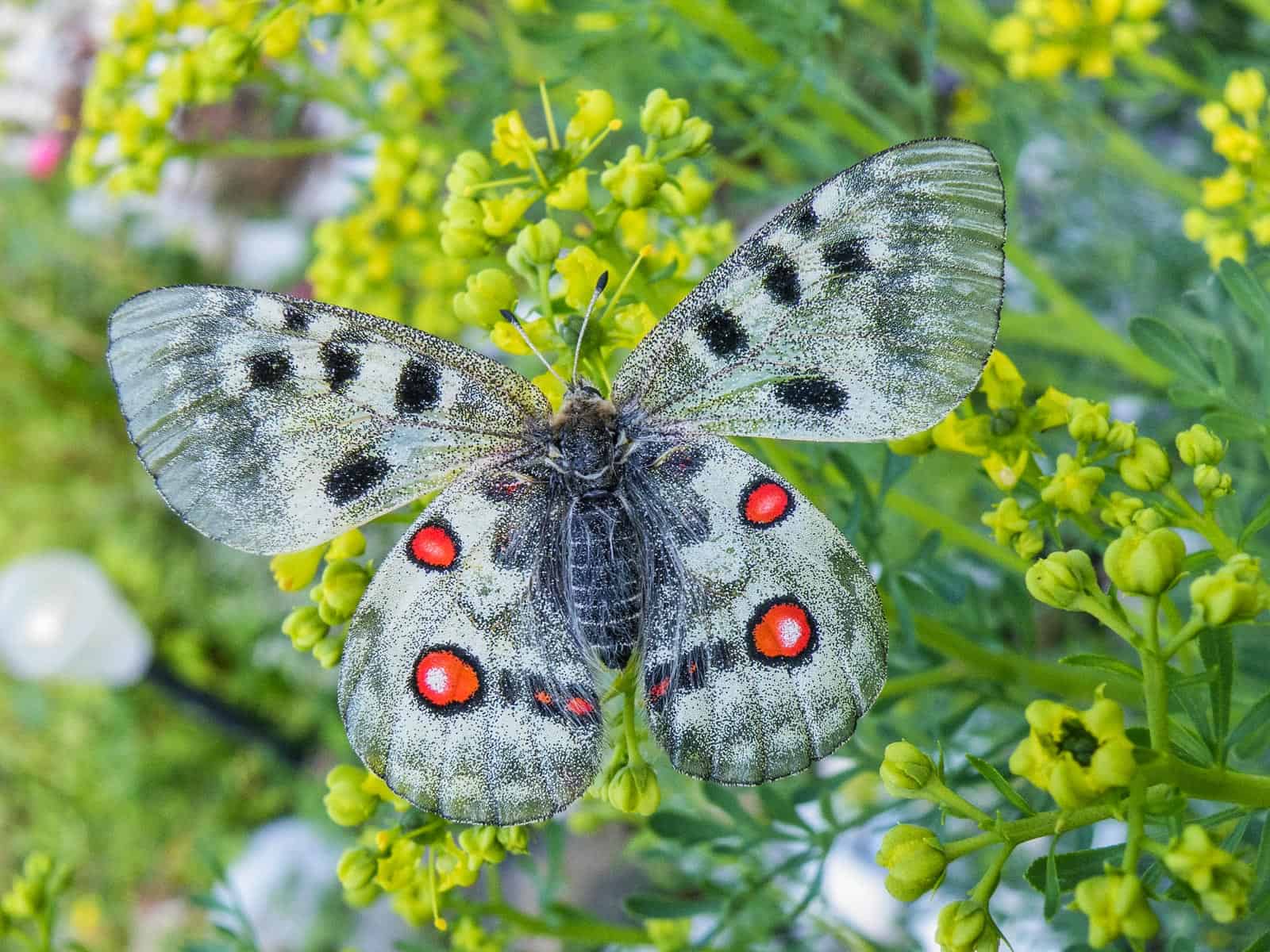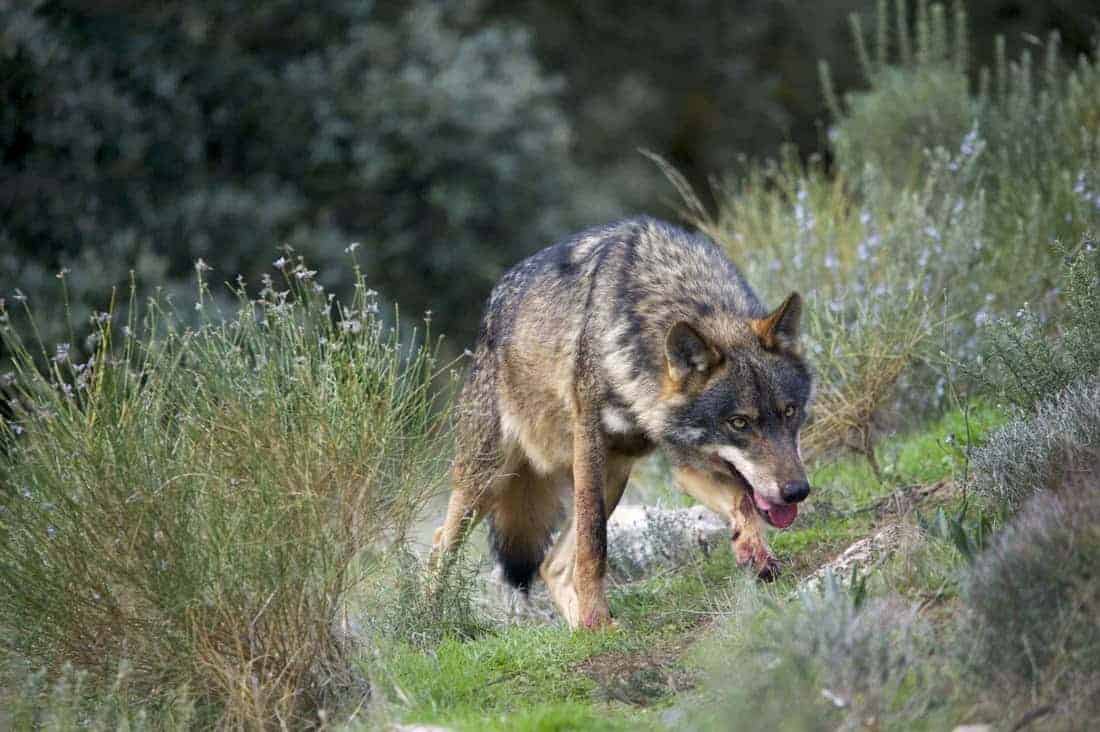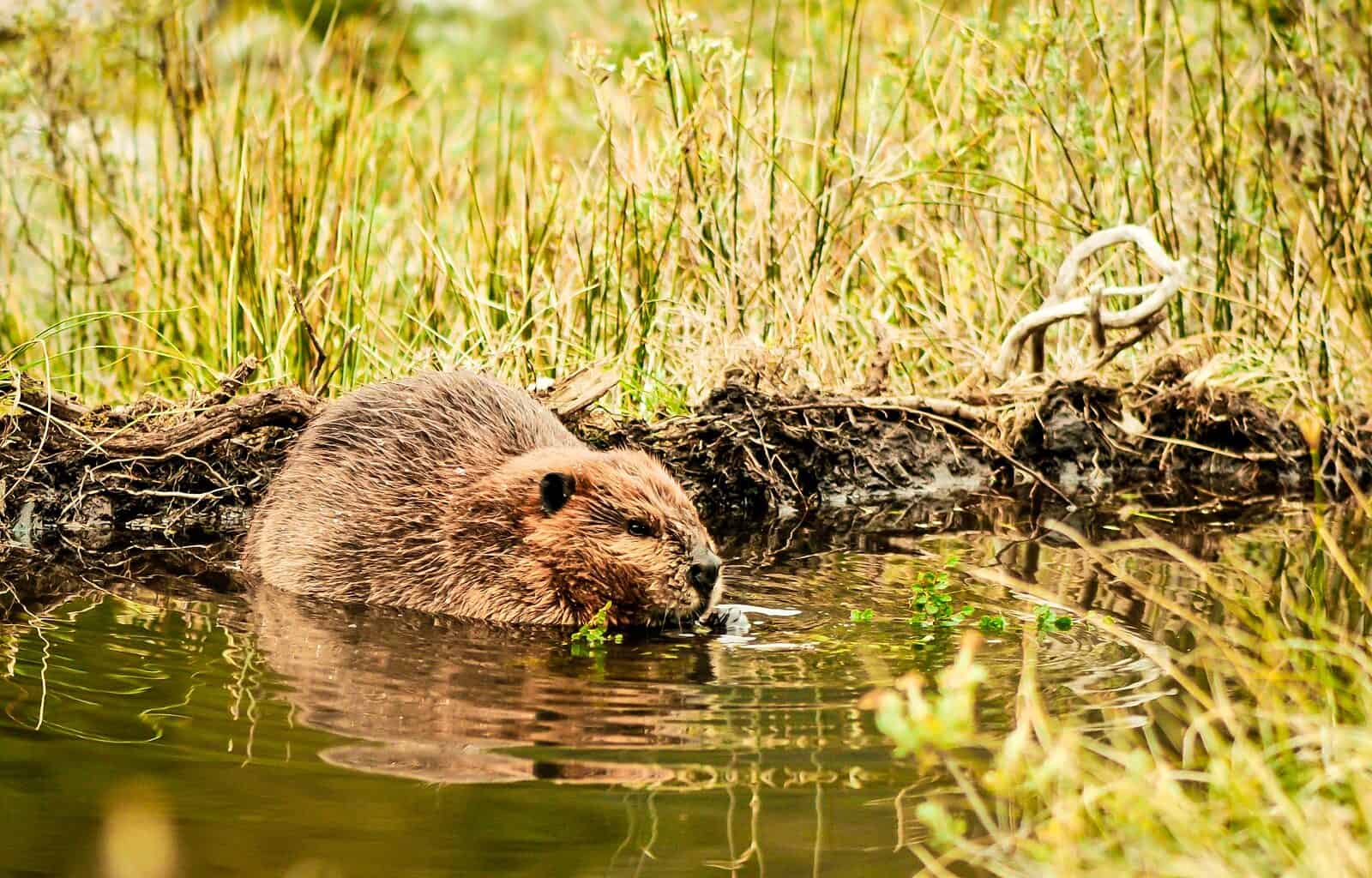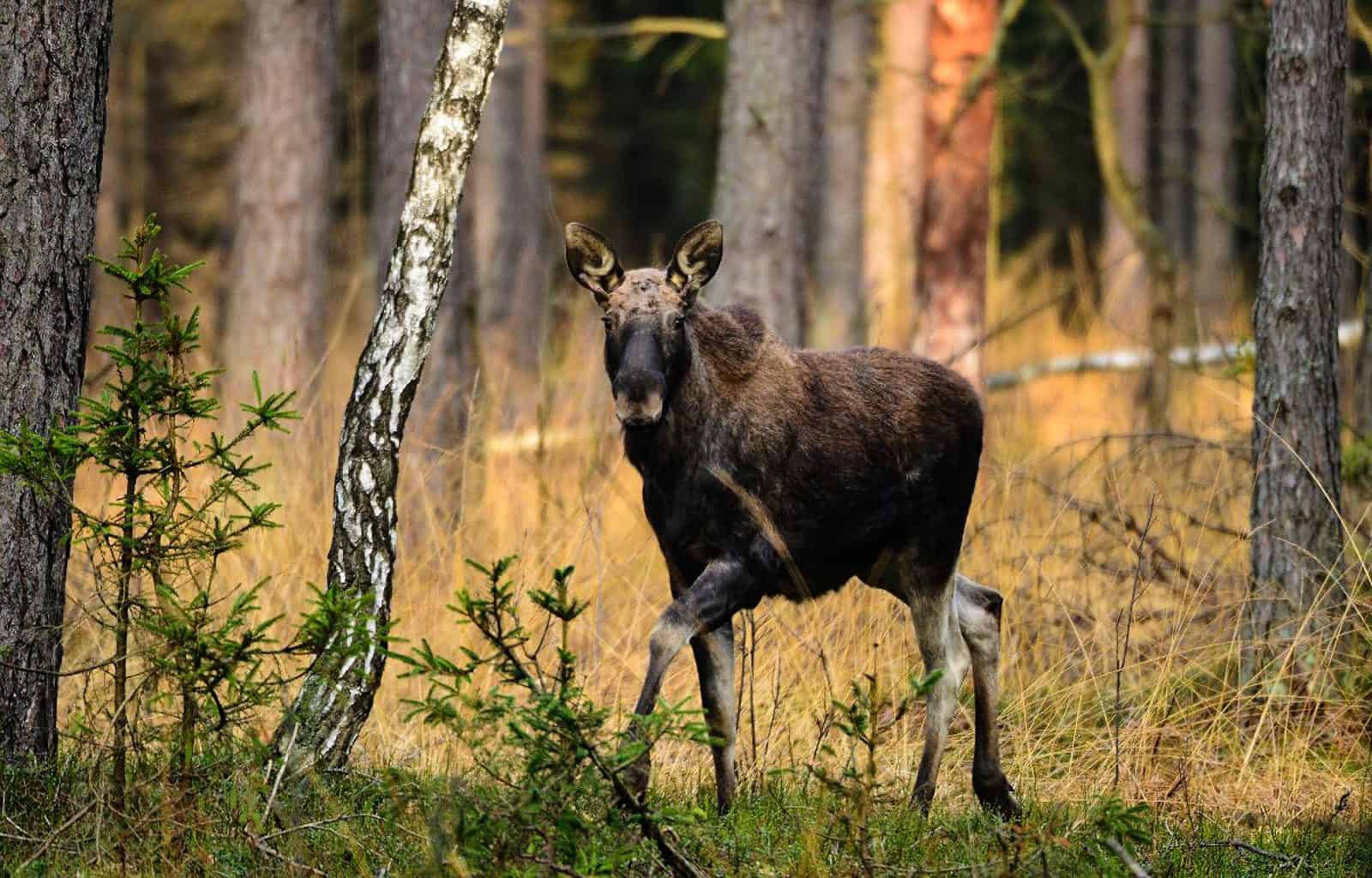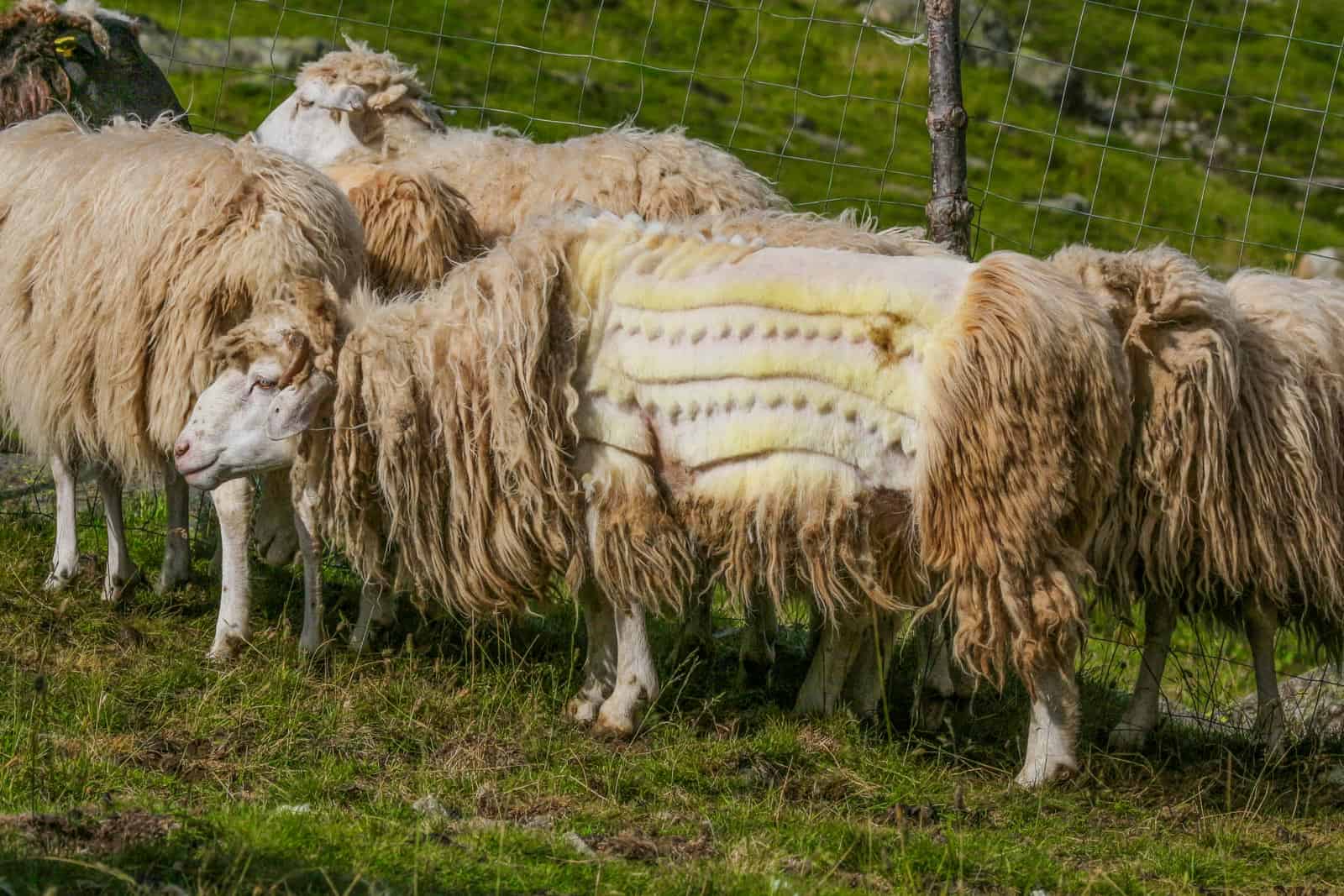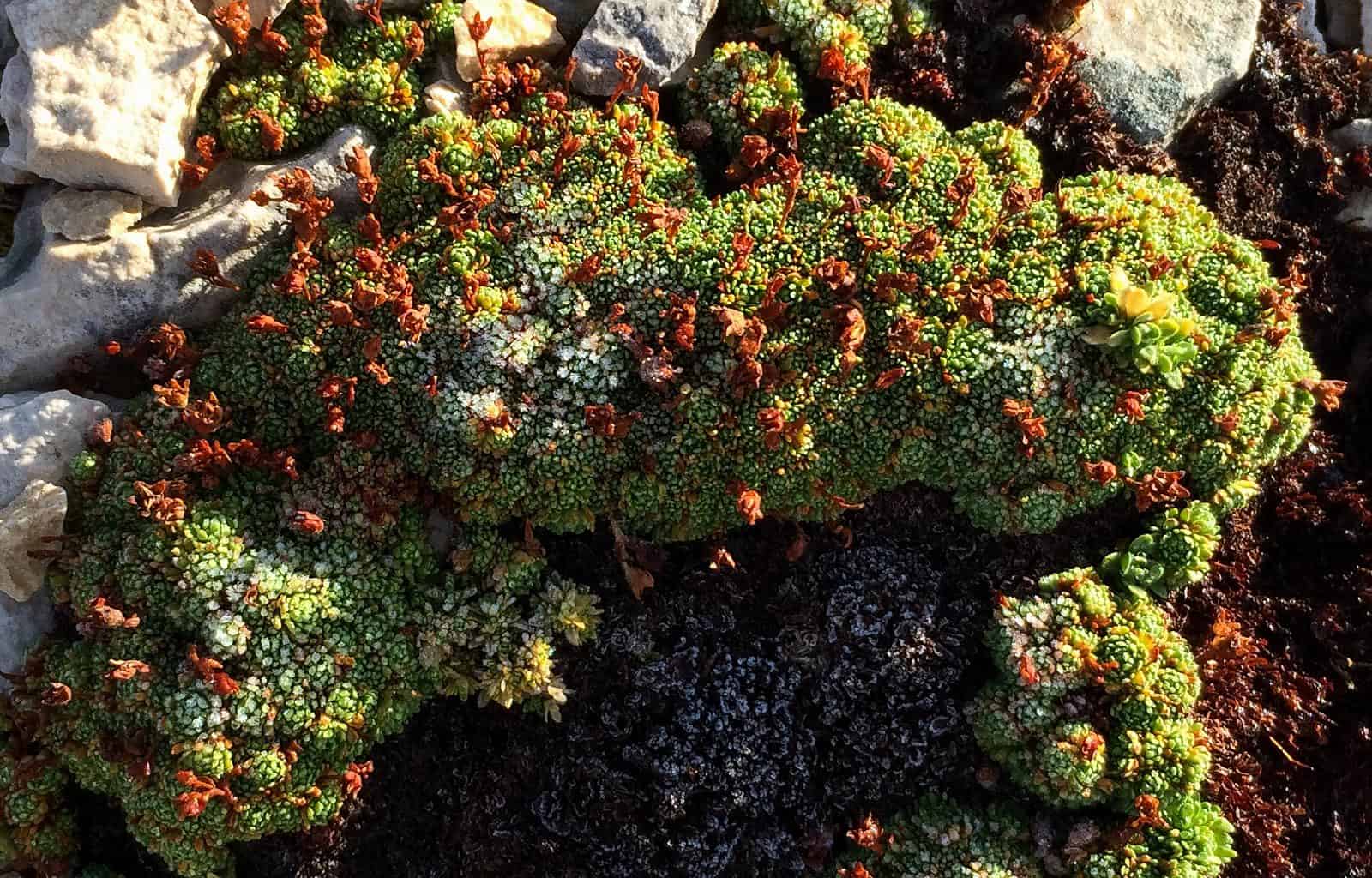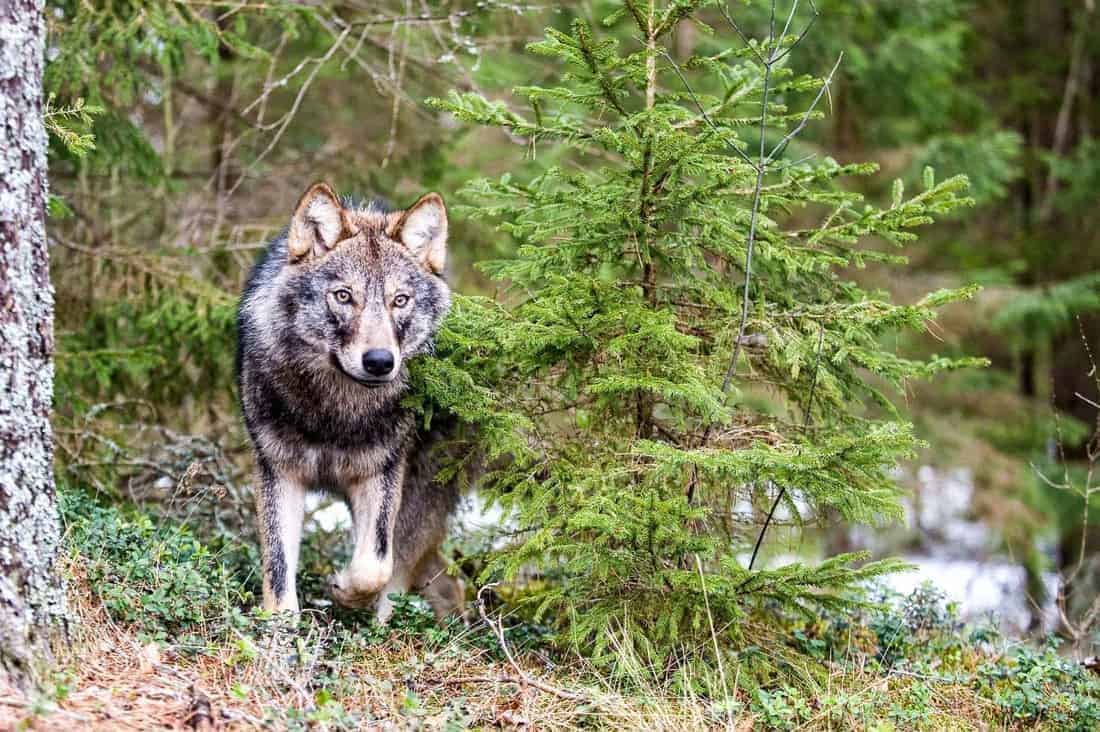Benefit of grazing for Parnassius apollo
Some butterflies species, including Parnassius apollo, have suffered several declines in population abundance. The result of that was a range of distribution throughout Europe during the last century. In Europe, the largest threat to butterflies is the loss of habitat.
In the red list of endangered European butterflies, the status of the apollo butterfly is listed as decreasing in 12 out of 28 countries, and the species is considered extinct in three countries.
Historical forest dynamic
Forest used to be a dominant ecosystem in Europe since the Ice Age. During the following millennia, the forest was heavily affected, mainly because of human interventions. This process created a new habitat structure pretty often in favour of butterflies, including Parnassius apollo.
This trend started to change in the previous decades, when large areas used for grazing were abandoned and livestock was removed, the land spontaneously started to be re-occupied by forest and shrubs.
This process dramatically reduced the available habitat for Apollo.
Active protection of Parnassius apollo
Like with several other endangered species, the well-being of Apollo today very much depends on appropriate habitat and available food. Large areas favourable for Apollo for over several centuries are today more and more re-occupied by forest and bushes. Once Parnassius apollo has inhabited an area, it is important to maintain it by removing recovering trees and bushes. This has become a costly but important management activity.
Removing the bushes that were eaten by livestock in the past can re-create appropriate conditions, particularly increasing food-plant resources for the butterflies. That activity can create fundamental conditions supporting a stable Apollo population.
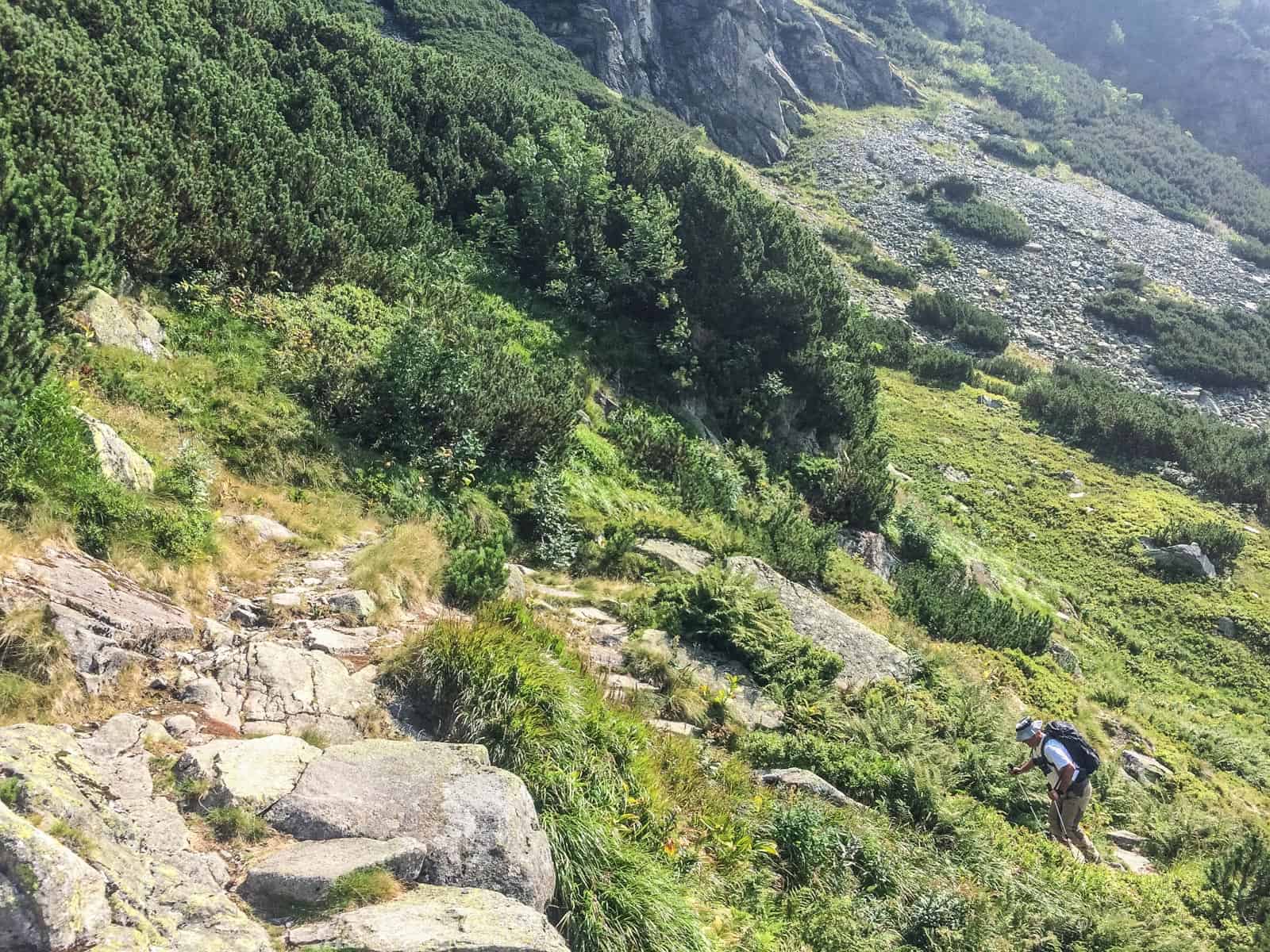
Conclusion
Carefully managed grazing is just one practical example on how to support the shrinking Apollo population. Long-term cooperation between nature conservationists and managers of grazing can even help to set up Apollo reintroduction projects and breed completely new colonies of this butterfly.
Such activity implemented in some countries, such as Poland, can become an interesting example and motivation also for other countries. A fundamental part of these activities is not only to implement sophisticated grazing methods, but also to maintain and support the protection of strictly protected species such as Parnassius apollo.
There are some signs that climatic change can alter the distribution of butterflies. However, due to the limited dispersal ability and increasing fragmentation of habitat it is not self-evident that butterflies can track habitat changes due to climate change.

